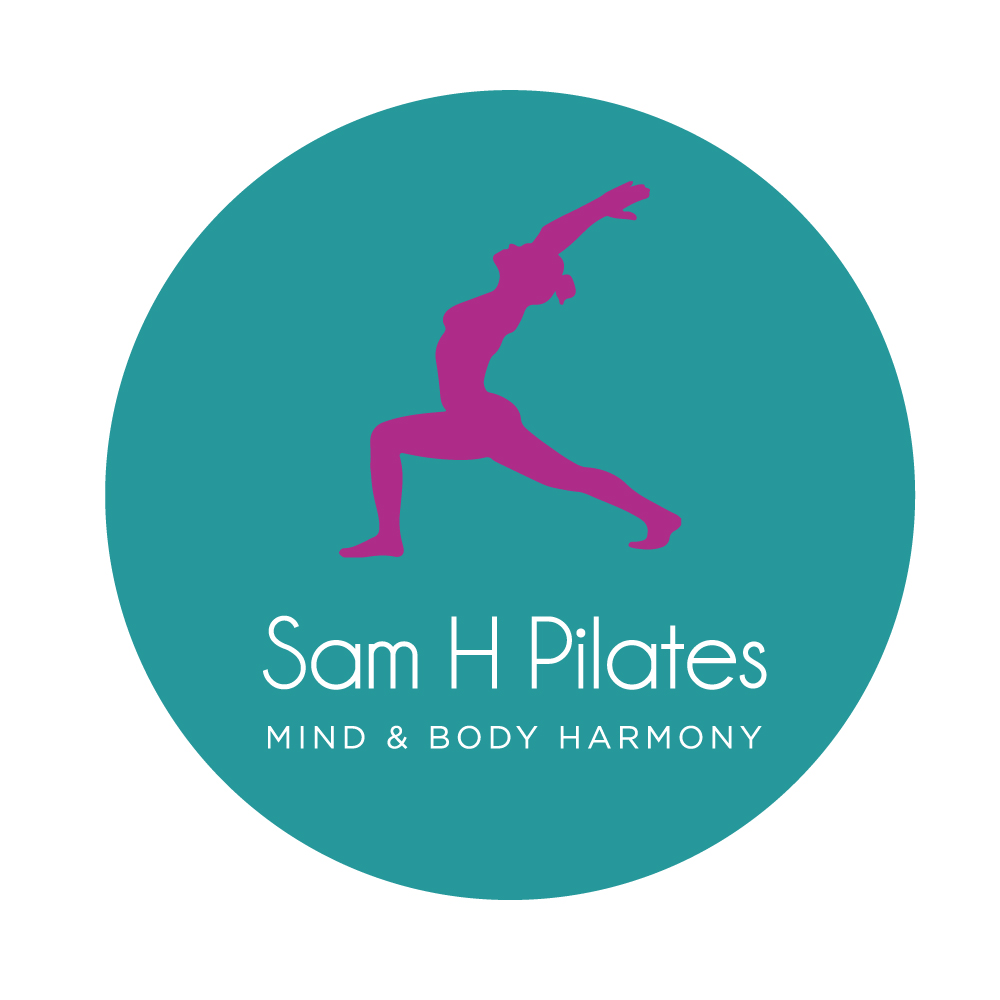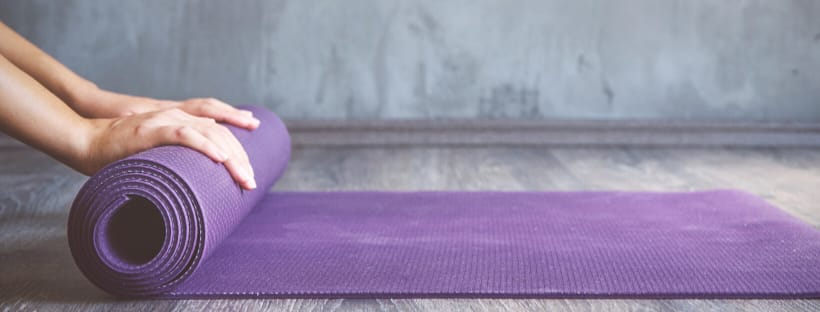Weekly Update
DOMS & discipline: rest isn’t weakness, it’s wisdom
It’s easy to think that consistency in training means pushing through no matter what.
But here’s the truth: effective training isn’t just about how hard you work – it’s about how well you recover.
Progress happens during rest, not just in the sessions themselves.
I see this often with strength training, especially when progressive overload is in play (that’s when we gradually increase the challenge over time – more weight, reps, intensity etc.).
You leave the session feeling great, but 24–48 hours later DOMS (Delayed Onset Muscle Soreness) kicks in.
It’s a sign that your body’s working hard to adapt – but it’s also a signal worth listening to.
So… should you train when you’re still sore?
The short answer?
Not always.
If the soreness is mild and movement feels better once you’ve warmed up, then a lighter session or change of focus might be fine.
But if you’re still feeling sore, tight, or lacking in energy and coordination, pushing through a full strength session could backfire.
You may:
- Compromise your technique
- Slow your recovery
- Increase your injury risk
- Miss out on gains because the body hasn’t fully adapted yet
Train smart, not just hard
In my own training, I follow a weekly structure of three full-body strength sessions (Tuesday, Thursday, Saturday), two Zone 2 cardio sessions (usually Wednesday and Friday), and regular mobility and core work throughout the week.
Sunday and Monday are my rest days – essential for recovery and giving my body the time it needs to adapt and recharge.
This week, after a particularly challenging strength session using progressive overload, I noticed that by Thursday my body was still feeling it – muscles tight, recovery not quite complete.
Instead of jumping straight into another intense session, I adapted.
I swapped the planned strength workout for a mobility and flexibility-focused session – still moving, still training, but in a way that supported recovery rather than adding more strain.
This wasn’t me skipping.
This was me training smart.
Listening to my body and choosing what it needed at that moment.
Here’s what you can do instead of pushing through:
Swap strength for a mobility session or Pilates based core work.
Go for a Zone 2 cardio session (that gentle, conversational pace that boosts recovery)
Try some breath-led stretching or fascia release
Or simply… rest.
Remember: more isn’t always more
Being disciplined doesn’t mean ignoring your body – it means respecting it.
If you’re chasing results, understand that rest is part of the training process.
Soreness isn’t weakness.
Recovery isn’t a pause.
It’s where strength is built.
So next time your body’s saying ‘not today,’ don’t see it as a setback.
See it as a smart choice.
Progress comes from the balance – not the burnout.
Sam ‘learning to be wise’ Hobbs



